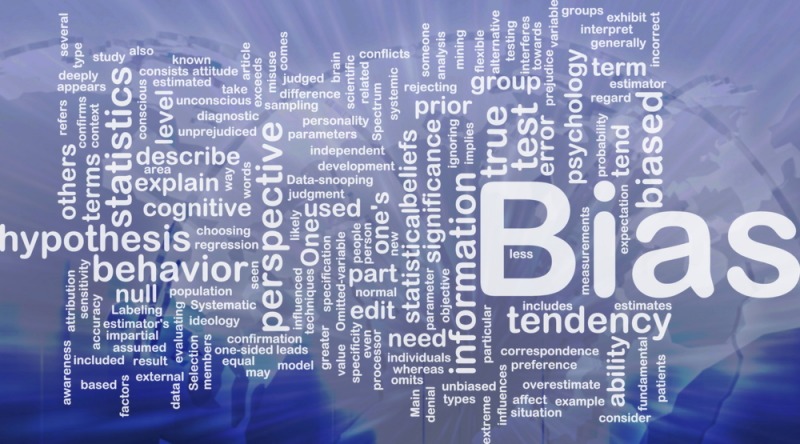Interrupting unconscious bias: Overcoming bias in recruitment
There has been much discussion in the legal market recently regarding unconscious bias. Of course, we are all operating under the assumption that no one is consciously biased, BUT are we consciously unbiased? This is harder to accomplish, certainly in legal recruiting services. We have come a long way. Blatant discrimination on the grounds of gender, race, sexual orientation, age, or disability is much rarer than it was a generation ago, however, more subtle forms persist, with unconscious bias playing a role in hiring decisions.
In recruitment, we all talk a lot about fit…hire for fit, train for skills. Certainly, as a legal recruitment consultant, I’ve had this conversation many times with clients. But what does fit really mean? What does it mean to fit into an existing culture? We are all naturally drawn to like-minded people, and so it is no surprise that the end-product of a recruitment process is going to result in a homogenous team, unless we are consciously thinking about diversity.
A vast body of research shows that the hiring process can be biased and unfair. Unconscious racism, ageism, and sexism play a big role in whom we hire. Thinking about this in the context of hiring lawyers, and as a specialist legal recruitment consultant, common biases in hiring include, gender bias, school bias, and affinity bias. We have all heard that unconscious bias can be detrimental to hiring a diverse and innovative workforce. If everyone is the same, everyone will have the same ideas and come to the same conclusions. And, that’s not how great businesses are built.
Recruitment decisions fundamentally impact organizations’ cultures, brands, and financial bottom-lines. Yet, these decisions are too often made based on intuitive hunches – the sense that a candidate ‘feels like one of us’.
So how do we combat our pre-existing biases in recruitment?
First and foremost, managers have to learn to de-bias their practices and procedures. Firms are increasingly requiring partners involved in recruitment activities to undergo unconscious bias training. This raises awareness and allows individuals to understand the issues. Secondly, formalizing the recruitment process and mandating diverse recruitment teams is another way to ensure that the actual recruitment process involves representatives from across various social groups. Finally, ensuring the interview process is more standardized by asking the same question of each candidate, as opposed to having an off-the-cuff conversation, is critical in being able to compare candidates appropriately.
– Sameera Sereda, Managing Partner


